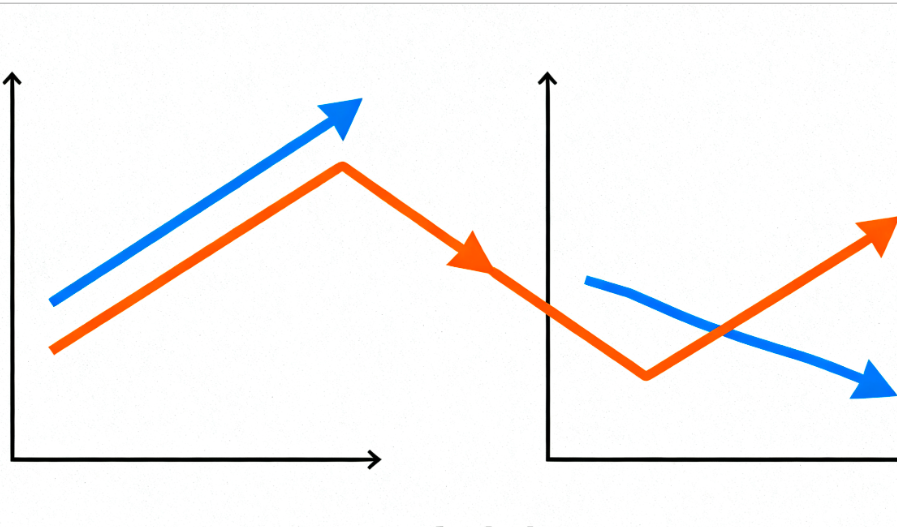
11th Test Flight Successful: Starship Achieves "Surviving Return"
On the evening of October 13 local time, at the Boca Chica launch site in Texas, SpaceX's next-generation heavy-lift launch vehicle, Starship, successfully completed its 11th test flight. The rocket staged successfully after liftoff, ventured into space and returned safely to Earth, finally splashing down precisely in the Gulf of Mexico. This achieved the phase goal of making Starship "fly back"—completing the full closed loop from launch to controlled splashdown.
Musk's vision is to use Starship to create a low-cost, high-frequency space transportation system, ranging from launching Starlink satellites en masse to delivering cargo and humans to the Moon and Mars, and even achieving "point-to-point ultra-fast transport on Earth." He once described Starship not as a disposable rocket, but as a future spaceplane.
To realize this vision, SpaceX has invested over $5 billion cumulatively in the Starship program. This includes approximately $3 billion for the construction of the "Starbase" in Boca Chica, Texas, with an expected additional $1.8 billion for new launch facilities in Florida. Each test flight almost invariably means tens of millions of dollars literally going up in smoke, hence it's referred to within the industry as an experiment of "trading cash for the future."
Supporters believe that once Starship becomes fully reusable, the cost per launch could potentially drop to just a few million dollars, approaching the cost of a large transoceanic airliner flight. Skeptics, however, caution that this "cash-burning innovation" still carries incalculable risks. Regardless, the Starship program has become the most watched iconic project in the global commercial space industry.
To date, Starship has completed 10 test flights. From early low-altitude hops to full-scale orbital-class flights, each step has yielded breakthroughs in data at different levels. It is widely believed within the industry that although these 10 test flights were "nine near-disasters and one success," each one validated different systems—propulsion, separation, thermal protection, attitude control—and accumulated valuable data through "explosive trial and error." As commented by the specialized technical media Ars Technica, through constant failure, SpaceX pushes humanity higher and farther.
In the past 10 test flights, not once did Starship manage to complete a full round trip "surviving return"—it either exploded during ascent or disintegrated upon re-entering the atmosphere. Even during the 10th test flight in June of this year, although the spacecraft successfully re-entered Earth and performed a soft landing on the ocean surface, it still sustained partial damage.
This time, however, Starship once again completed the full journey "from departure to homecoming," marking the long-awaited achievement of the "re-entry closed loop" for SpaceX. Next, SpaceX will shift its focus to the development of the next-generation Starship 3.
















